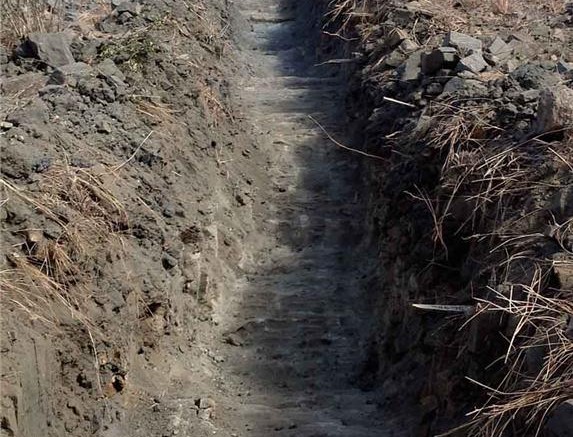VANCOUVER — A busy 12 months for Toronto-based explorer Energizer Resources (EGZ-T) culminated on Feb. 26 with the release of a preliminary economic assessment (PEA) on its Molo graphite deposit, 145 km southeast of the city of Toliara in the Republic of Madagascar.
After discovering graphite trends on its Green Giant property in late 2011, Energizer flagged its Molo deposit as a high-priority target and pushed hard to move the project towards the development stage. The company delineated a maiden resource in early December, and is hoping to advance Molo towards feasibility later this year.
The Molo deposit consists of multi-folded graphitic strata with a surficially exposed strike length of over 2 km. Energizer’s geological modelling has shown that the deposit consists of various zones of mineralized graphitic gneiss, with a barren footwall composed of garnetiferous gneiss. It is situated in the regional Bekikiy block, and hosts indicated resources totalling 84 million tonnes grading 6.36% graphitic carbon at a 2% carbon cut-off. Energizer has also outlined a higher-grade resource carrying 41 million indicated tonnes averaging 8.09% carbon at a 4% carbon cut-off.
The company’s PEA models a conventional open-pit mine with a 1.65 strip ratio that would have a design throughput of 1.2 million tonnes per year at an average head grade of 8.5% carbon, and mining costs clocking in at US$4.76 per tonne. Molo would produce 84,000 tonnes of graphite concentrate annually over a 20-year mine life, with an average purity of 92% carbon.
Energizer’s model assumes a US$1,564 per tonne sales price on its concentrate, which would result in a US$341 million after-tax net present value (NPV) and a 41% internal rate of return (IRR) at a 10% discount rate. The project would cost US$162 million in development capital, and carry a three-year payback period.
Molo’s processing and recovery involves three-stage crushing followed by primary milling and a flotation separation circuit. According to comments by president and COO Craig Scherba, it looks like metallurgy could be the key to scoring improved economics at Molo, as Energizer moves towards feasibility.
“Preliminary test work conducted demonstrated that we were able upgrade our concentrates,” he said, stating Energizer felt it could improve its purities to between 98% and 98.6% carbon through additional testing. The company is also exploring the possibility of producing graphite exceeding 99% purity, which is used in lithium-ion batteries.
“We are moving forward with additional metallurgical testing as part of a full feasibility study that will look to enhance beneficiation to obtain battery-grade material. This work, along with the optimization of flake-size distribution through pilot-plant test work, should positively affect the blended graphite sale price and flake-size distribution. As such, we believe this PEA to be conservative,” Scherba says.
Energizer is one of many juniors hoping to push graphite deposits toward production and meet a perceived shortfall in supply driven by technological advances like lithium-ion batteries and graphene. Over the short-term, graphite markets have been impacted by a lag in steel production, though prices have remained relatively firm, with large-flake carbon grading around 90% purity and selling for between US$1,200 and US$1,600 per tonne in January.
Energizer has spent US$16 million on exploration at Green Giant so far, and reported US$1.2 million in cash-on-hand at the end of 2012. The company will likely require an additional financing in 2013 as it moves Molo towards development. Ambitious exploration has resulted in some dilution, as Energizer had 163 million shares outstanding at press time, and a fully diluted position pegged at 233 million shares, with a number of warrant and options up for expiry over the next 12 months.
Energizer has tracked within a fairly tight range in 2013, with company shares trading between 20¢ and 34¢ over the past eight weeks. The company closed up 2¢ after news of its PEA at 23¢ per share, for a $34-million press-time market capitalization.


Be the first to comment on "Energizer outlines graphite economics"